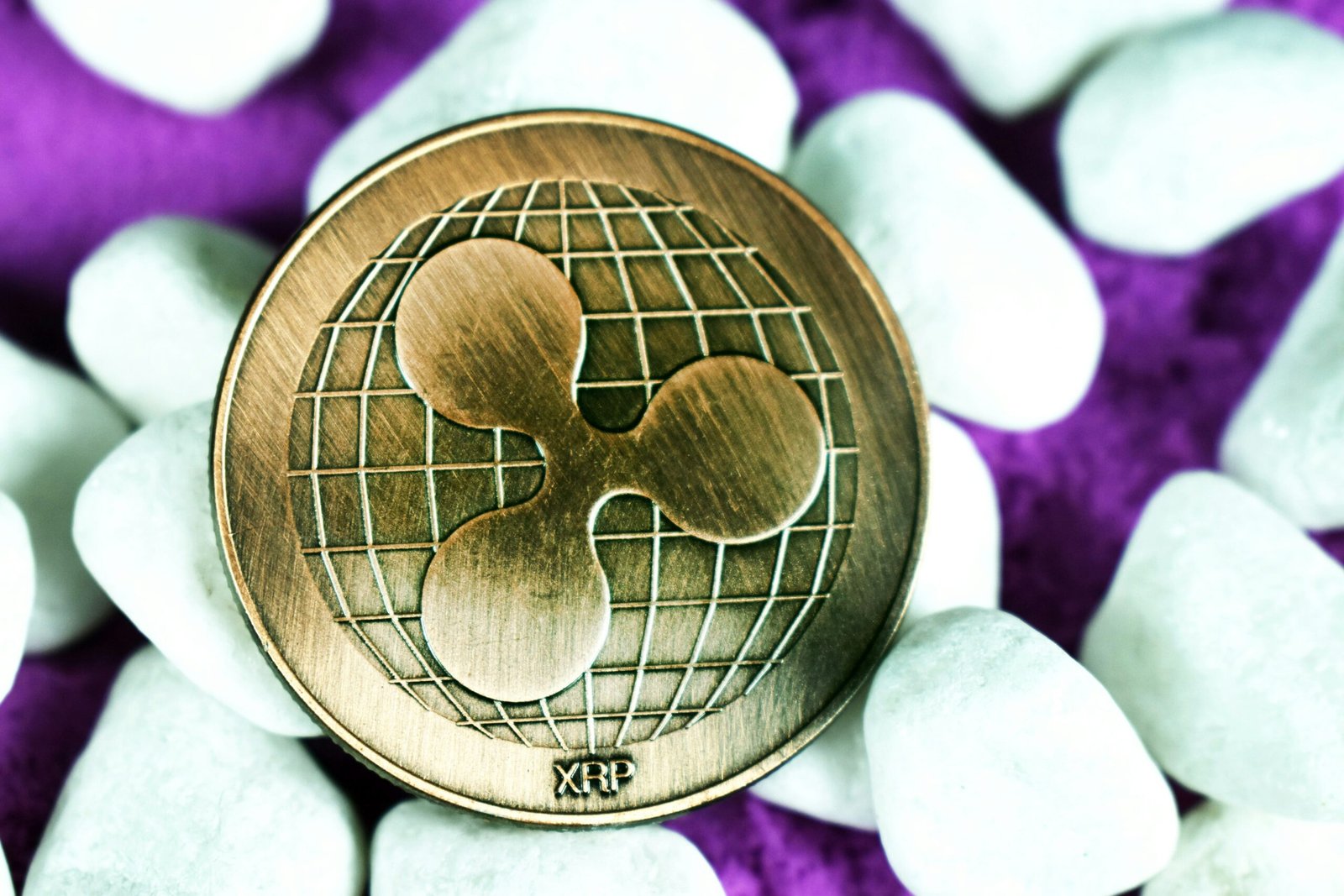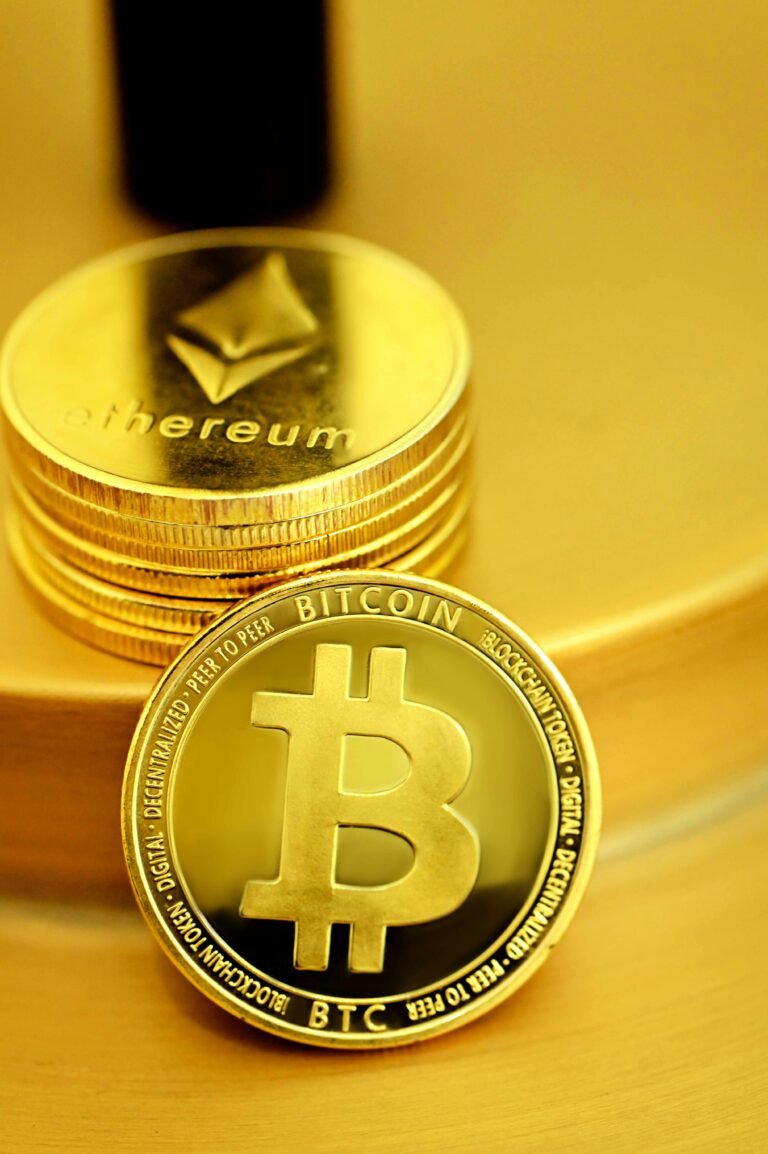XRP and ETH Tap Massive Funds on ETF Bets While SOL Lags Behind
Introduction to ETF Investments in Cryptocurrency
Exchange-Traded Funds (ETFs) have emerged as an innovative financial instrument that allows investors to gain exposure to various assets, including cryptocurrencies, without the need for direct ownership. Primarily, an ETF is a marketable security that tracks an index, a commodity, or a collection of assets, and can be traded like a stock on an exchange. In recent years, the idea of launching cryptocurrency ETFs has garnered significant attention, as investors seek ways to participate in the rapidly evolving digital asset market while mitigating some of the inherent risks associated with direct cryptocurrency investment.
One of the primary advantages of ETFs is their ability to simplify the investment process. By purchasing shares of an ETF, investors can gain exposure to a diversified portfolio of cryptocurrencies, such as Bitcoin, Ethereum, and Ripple, without needing to navigate the complexities of cryptocurrency exchanges or wallets. This accessibility is particularly appealing to institutional investors and those who may be hesitant about directly purchasing volatile cryptocurrencies. Moreover, ETFs are subject to regulatory oversight, potentially offering an added layer of security and legality that appeals to more risk-averse investors.
As the acceptance of cryptocurrencies grows among mainstream investors and financial institutions, the demand for crypto-based ETFs has surged. XRP and ETH have particularly been at the forefront of this trend, drawing massive funds through their respective ETF offerings. Factors driving this interest include the increasing institutional adoption of cryptocurrencies, the pursuit of innovative financial products, and the ongoing evolution of regulatory frameworks surrounding digital assets. These dynamics set the stage for understanding recent market movements and the competitive landscape within the cryptocurrency sector, especially in relation to Solana (SOL) and other emerging cryptocurrencies.
XRP and ETH: The Beneficiaries of ETF Enthusiasm
In recent months, the cryptocurrency landscape has witnessed a notable surge in interest and capital flow towards XRP and Ethereum (ETH). This phenomenon can largely be attributed to the escalating enthusiasm surrounding Exchange Traded Funds (ETFs) linked to these digital assets. As regulatory frameworks evolve and institutional investors become increasingly engaged with cryptocurrency, both XRP and ETH have positioned themselves as frontrunners for potential inclusion in a variety of ETF products.
The momentum generated by ETF speculation has had a pronounced impact on market sentiment. Investors are actively seeking opportunities in assets with recognized potential for growth and enhanced legitimacy. The influx of capital into XRP and ETH signifies a broader recognition of these cryptocurrencies as viable investment options. Historical price movements reveal that announcements related to ETF developments have often correlated with sharp price increases, indicating a strong market appetite for these assets.
Furthermore, the ongoing dialogue around the potential approval of various crypto ETFs has galvanized investor confidence in XRP and ETH. As leading digital currencies, they not only provide innovative technology but also possess strong community support and market infrastructure. This combination makes them attractive candidates for future ETF offerings, which could amplify their market adoption and institutional integration.
In light of these developments, the implications for both XRP and ETH's future trajectory appear positive. Should ETF products featuring these cryptocurrencies gain regulatory approval, it may provide a significant catalyst for price appreciation. Additionally, enhanced accessibility through ETFs could lead to broader adoption among retail and institutional investors alike, further solidifying their positions in the market. As the cryptocurrency ecosystem continues to mature, monitoring these trends will be essential to understanding the long-term viability and growth potential of XRP and ETH.
The Struggles of Solana (SOL) in the ETF Landscape
Despite the positive momentum seen in the cryptocurrency market, particularly with XRP and ETH attracting significant investment interest through Exchange-Traded Funds (ETFs), Solana (SOL) has faced considerable challenges that have hindered its growth trajectory. One primary factor contributing to Solana's struggles is market volatility. The cryptocurrency landscape is inherently unstable, with prices influenced by investor sentiment and global economic conditions. This volatility can deter potential investors looking for more stable opportunities, particularly when compared to the relative strength demonstrated by XRP and ETH.
In addition to market fluctuations, regulatory scrutiny poses another significant hurdle for Solana. The evolving regulatory environment around cryptocurrencies raises concerns about compliance and future operations. Unlike XRP and ETH, which have established a more favorable regulatory dialogue, Solana has been subjected to intense scrutiny regarding its operational practices and governance structure. This uncertainty can diminish investor confidence, leading to a reluctance to engage with SOL as a viable investment option, especially in the context of ETF funds.
Furthermore, Solana faces stiff competition from other blockchain platforms that are also vying for institutional investment. Ethereum's established presence and innovative smart contract capabilities, coupled with XRP's strategic partnerships and regulatory clarity, highlight the competitive advantages these platforms hold over Solana. This competitive landscape complicates efforts for SOL to secure a significant share of investor interest, particularly amid a backdrop of ETF enthusiasm centered around more prominent cryptocurrencies.
While Solana has the potential to recover and attract investor interest, it must address these challenges strategically. Initiatives focused on improving regulatory compliance, enhancing its use cases, and effectively communicating its value proposition could help Solana regain footing in the ever-evolving cryptocurrency ETF market.
Future Outlook: What Lies Ahead for XRP, ETH, and SOL
As the cryptocurrency market continues to develop, the future of assets like XRP, ETH, and SOL remains an intriguing subject, particularly in the context of Exchange Traded Funds (ETFs). The recent surge in ETF investments signals growing institutional interest in these digital assets. This trend may effectively shape the trajectory of XRP and ETH more positively compared to SOL, which has yet to see similar enthusiasm from institutional investors. The ability of ETFs to provide broader access to these cryptocurrencies could enhance liquidity and attract new investors, thereby elevating market confidence.
One of the pivotal factors influencing the future of XRP and ETH will be regulatory developments. Regulatory clarity around these assets could significantly impact their adoption rates. For instance, the SEC's stance on approving Bitcoin ETFs could set a precedent for how other cryptocurrencies are treated. If XRP and ETH gain regulatory approval for associated ETFs, it would likely lead to an influx of capital, further boosting their market positions. Conversely, SOL may face challenges due to its relatively lower recognition among institutional investors and the broader regulatory environment.
Moreover, the evolving investment strategies of both institutional and retail investors play a crucial role in shaping the market landscape. An increasing number of institutions are diversifying their portfolios by investing in cryptocurrencies; those that successfully navigate the complexities of investment products will likely benefit. This shift indicates that digital assets are becoming an integral part of the overall investment strategy, necessitating a keen understanding of each asset class. Investors would do well to monitor developments in the ETF landscape closely, as these products can enhance the accessibility and stability of the cryptocurrency market.
In conclusion, the future of XRP, ETH, and SOL is closely intertwined with the dynamics of ETF investments and regulatory developments. The ability of these cryptocurrencies to thrive in a rapidly changing market will depend on how well they can adapt to these evolving conditions, with implications for long-term investors poised to navigate this emerging landscape.






